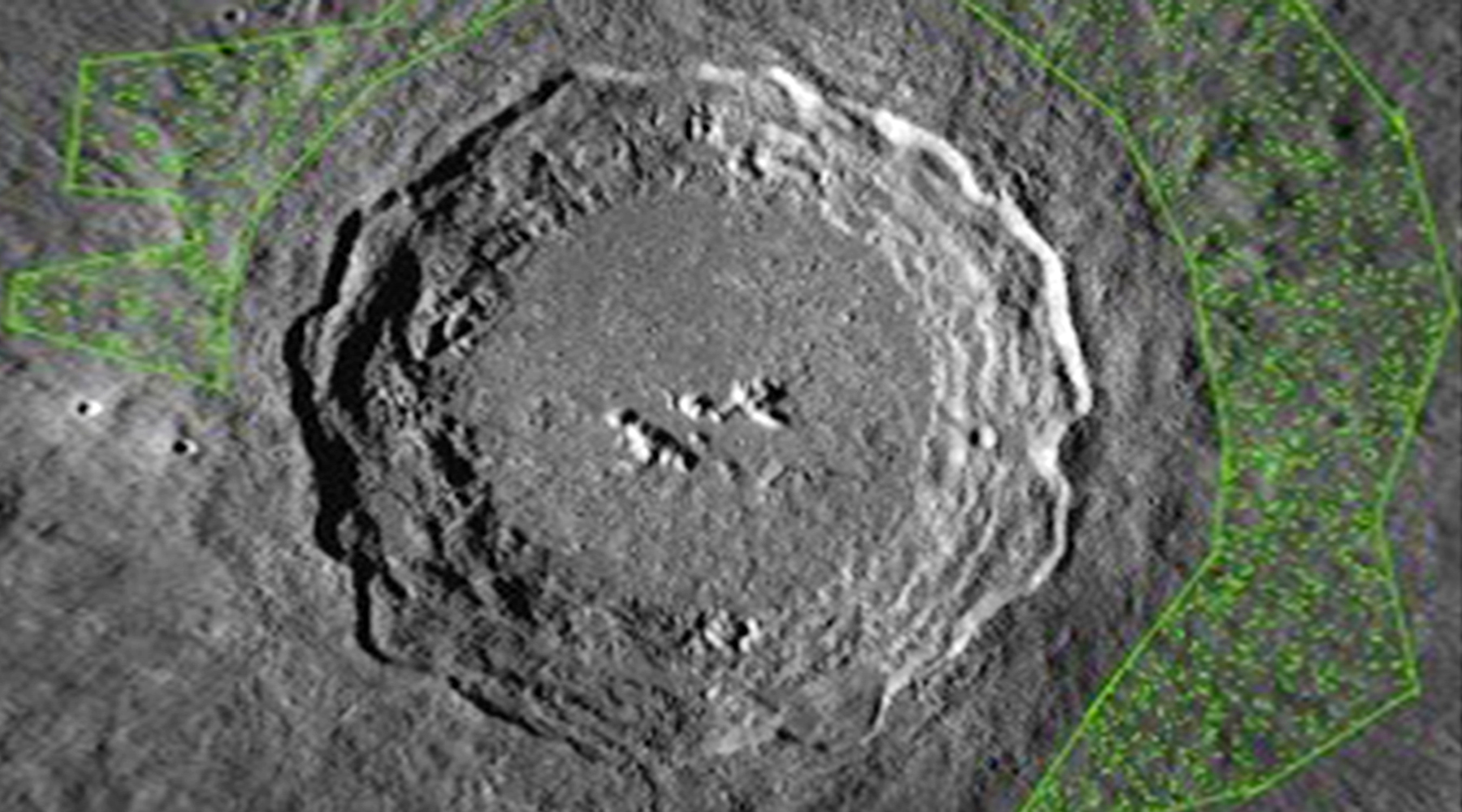A team of Japanese astrophysicists led by specialists from Osaka University found that 800 million years ago, as a result of the explosion of a large asteroid, a powerful meteor shower "poured" onto the Earth and the Moon, traces of which are large lunar craters. This was reported in the journal Nature Communications.
According to the researchers, all impact craters on Earth older than 600 million years have been erased by erosion, volcanic and other geological processes. Therefore, in order to learn about the impact of ancient meteorites on our planet, scientists are studying the Moon, which is almost not subject to erosion.
In the framework of the lunar reconnaissance mission of the Japan Aerospace Exploration Agency (JAXA), a group of large craters was explored by the Kaguya orbital probe from 2007 to 2009. Modern data analysis was carried out on the images obtained by the probe camera.
- Age distribution of the investigated lunar craters. Peak during a meteor shower 800 years ago
- © Osaka University
Scientists have studied 59 lunar craters from 20 km in diameter or more, including the Copernicus crater (93 km in diameter). By the density of numerous craters from meteorite fragments with a diameter of 0.1-1 km near the craters, their age was determined, that is, the time when the meteor showers "passed" was established.
It turned out that 8 out of 59 craters formed simultaneously about 800 million years ago. The researchers concluded that the explosion of a large asteroid about 100 km in diameter led to the appearance of such craters. As a result, a huge amount of debris was formed. Some of them were bombedboth the Earth and the Moon.
- The density of craters with a diameter of 0.1-1 km (green) caused by fragments of a meteorite near the Copernicus crater. It was used to establish the time when the meteor shower occurred.
- © Osaka University
Based on the theory of the probability of falling space debris on the Moon and on the Earth, as well as as a result of the analysis of the sporadic distribution of the investigated craters, the Japanese team came to the conclusion that a significant part of the meteorites should have hit the Earth's surface.
Presumably, the meteor shower delivered large amounts of phosphorus to the Earth and caused noticeable changes on its surface. The researchers note that soon after this event, the cryogenic period began (720-635 million years ago), which led to a change in climate and living conditions on the planet. In particular, there was a strong glaciation of the Earth (up to the equator) and the supercontinent Rodinia disintegrated.
Based on the established time of the meteor shower and the known orbits of the existing families of asteroids, scientists hypothesized that part of the debris flew not only to the Earth, but also to other planets, another part formed a large class C asteroid Eulalia and the family of cosmic bodies associated with it, and the remaining fragments turned into scattered small near-earth objects.
“The results of our work allow us to look at the science of the Earth and planets from a completely new angle,” concluded the lead author of the study, Professor Terada.

